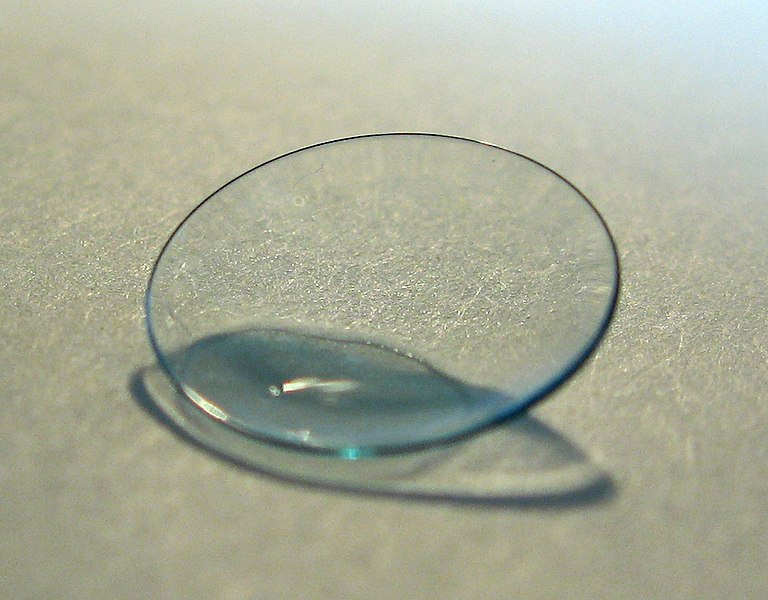
Biotechnology: Smart contact lenses exploit the unusual characteristics of the eye to diagnose disease, deliver drugs and more besides
EYES can reveal an awful lot about somebody. Look into someone’s eyes and you can tell if he is happy or sad, truthful or insincere, sober or drunk. By peering deeper still, ophthalmologists are even able to gauge a person’s health, spotting far more than just conditions that affect the eye itself: hypertension and brain tumours can also be diagnosed by examining the retina. Eyes are in many respects windows on the body, even if they are not quite windows on the soul.
And now contact lenses, normally used to bring the outside world into focus, are making it possible to peer back in through these windows. The idea of “smart” contact lenses that can superimpose information on the wearer’s field of view has been around for a while, but contact lenses are also being developed that use embedded sensors and electronics to monitor disease and dispense drugs. Such devices may eventually be able to measure the level of cholesterol or alcohol in your blood and flash up an appropriate warning.
The technology has huge potential, says Babak Parviz, a researcher at the University of Washington, in Seattle, who is one of the pioneers of smart contact lenses. Such lenses could act as both sensors and displays, providing new ways for data to pass in and out of the body. By adding tiny light-emitting elements to contact lenses, it is becoming possible to map digital images directly onto the wearer’s field of vision to create a head-up display or augmented-reality overlay that requires no glasses, screen or headset. “The ultimate goal would be to have a fully fledged display,” says Dr Parviz.
The first smart contact lenses are already on the market. The Triggerfish, created by Sensimed, a spin-off from the Swiss Federal Institute of Technology in Lausanne, is a wirelessly powered contact lens designed to help people with glaucoma manage their treatment. It does this by continuously measuring the curvature of the eye over a 24-hour period using a tiny strain gauge, built using micro-electromechanical system (MEMS) technology, which is incorporated into the lens.
In patients with glaucoma, fluid builds up within the eye and puts pressure on the optic nerve. If it isn’t treated correctly this can irreversibly damage the patient’s vision, says Jean-Marc Wismer, Sensimed’s chief executive. But determining the correct drug treatment depends upon first knowing when during the day the intraocular pressure (IOP) peaks.
The profile of this pressure is believed to follow characteristic circadian patterns. But at the moment there is no technology that can measure it continuously. “The standard today is to place patients in a laboratory for 24 hours,” says Mr Wismer. During this time a patient’s IOP can be measured every few hours using a standard machine called a Goldmann tonometer. But although this approach can measure the IOP very effectively, it is unable to do so continuously.







